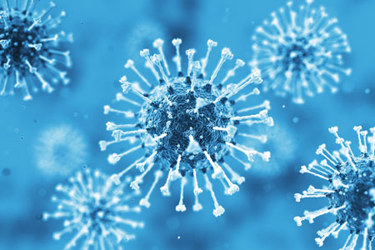Functional Characterization Of Healthy And Alzheimer's Disease-Related 3D Neurospheres Formed Using Human iPSC-Derived Glutamatergic Neurons, GABAergic Neurons, And Astrocytes
By Krishna Macha, Carole Crittenden, and Oksana Sirenko, Molecular Devices, LLC, and Rebecca Fiene, Scott Schachtele, Coby Carlson, FUJIFILM Cellular Dynamics, Inc.

This content is brought to you by Molecular Devices, a Danaher Operating Company.
The allelic composition of apolipoprotein E (ApoE) in an individual significantly influences their risk of developing Alzheimer's Disease (AD). For instance, individuals with two copies of the E4 allele (ApoE4/4) have an estimated 65% chance of developing AD by age 85, compared to only a 10% chance for those with two wild-type E3 alleles (ApoE3/3). This stark contrast underscores ApoE4 as a major genetic risk factor for AD and highlights its critical role in the disease's pathogenesis.
ApoE functions as a lipid transport protein, and the human isoforms ApoE3 and ApoE4 differ by only a single amino acid at position 112. Despite this minor difference, the exact mechanism by which ApoE4 disrupts intracellular lipid homeostasis remains unclear. However, studies have shown that the ApoE4/4 genotype can alter the lipidomes of astrocytes derived from human induced pluripotent stem cells (iPSCs).
In this application note, we present methods for modeling AD using iPSC-derived neurons that have been genetically engineered to express different combinations of ApoE alleles (E2/2, E3/3, and E4/4). These models provide valuable insights into the molecular and cellular mechanisms underlying AD and offer a platform for testing potential therapeutic interventions.
Access the full application note to learn more.
Get unlimited access to:
Enter your credentials below to log in. Not yet a member of Pharmaceutical Online? Subscribe today.
